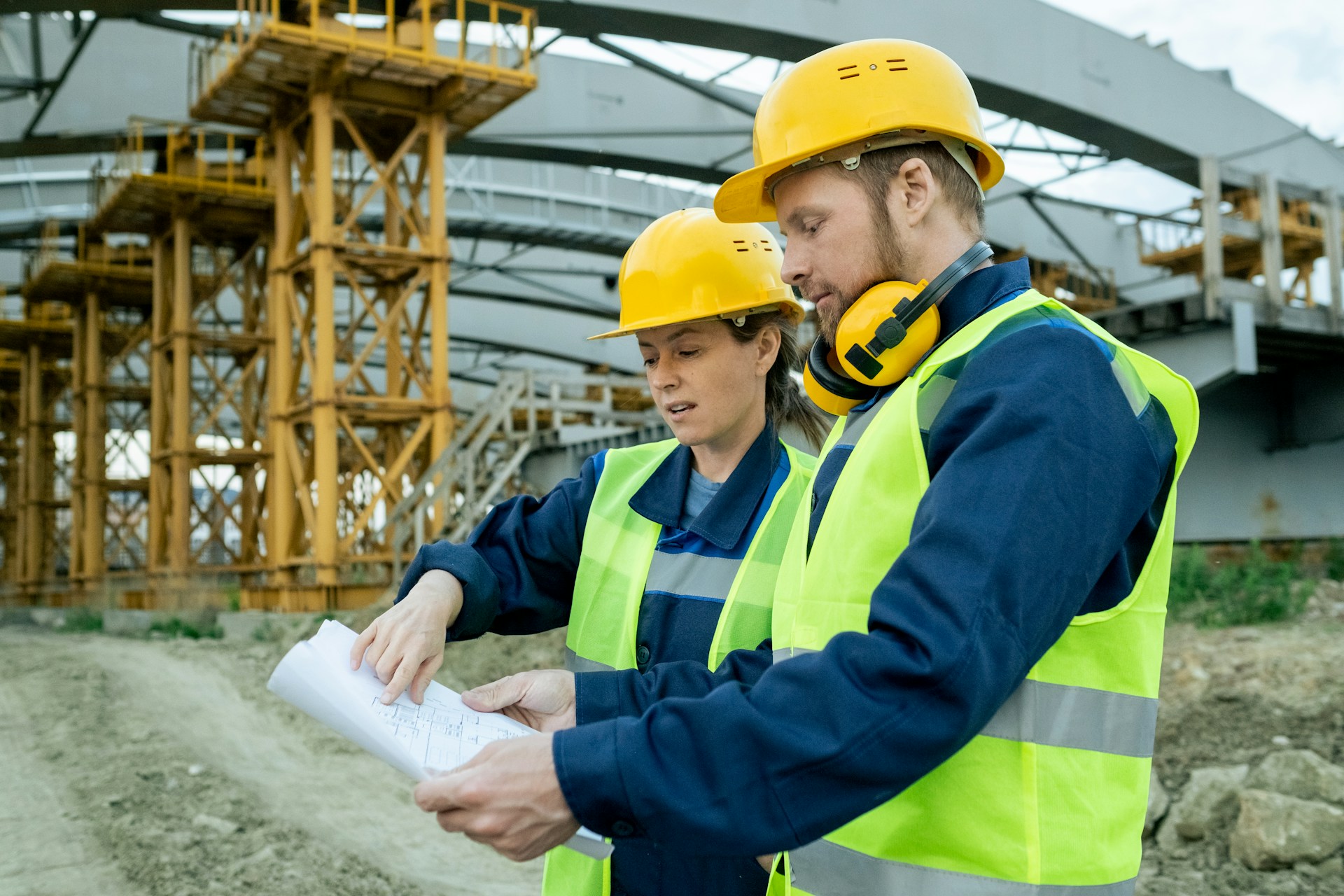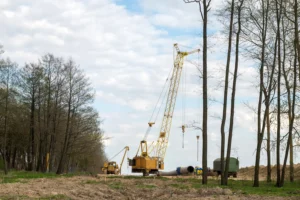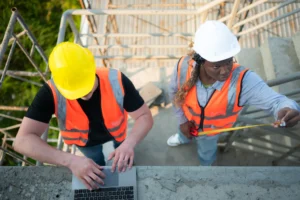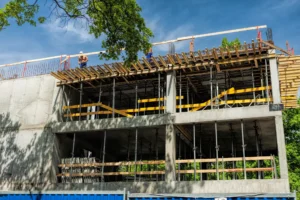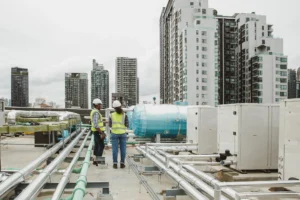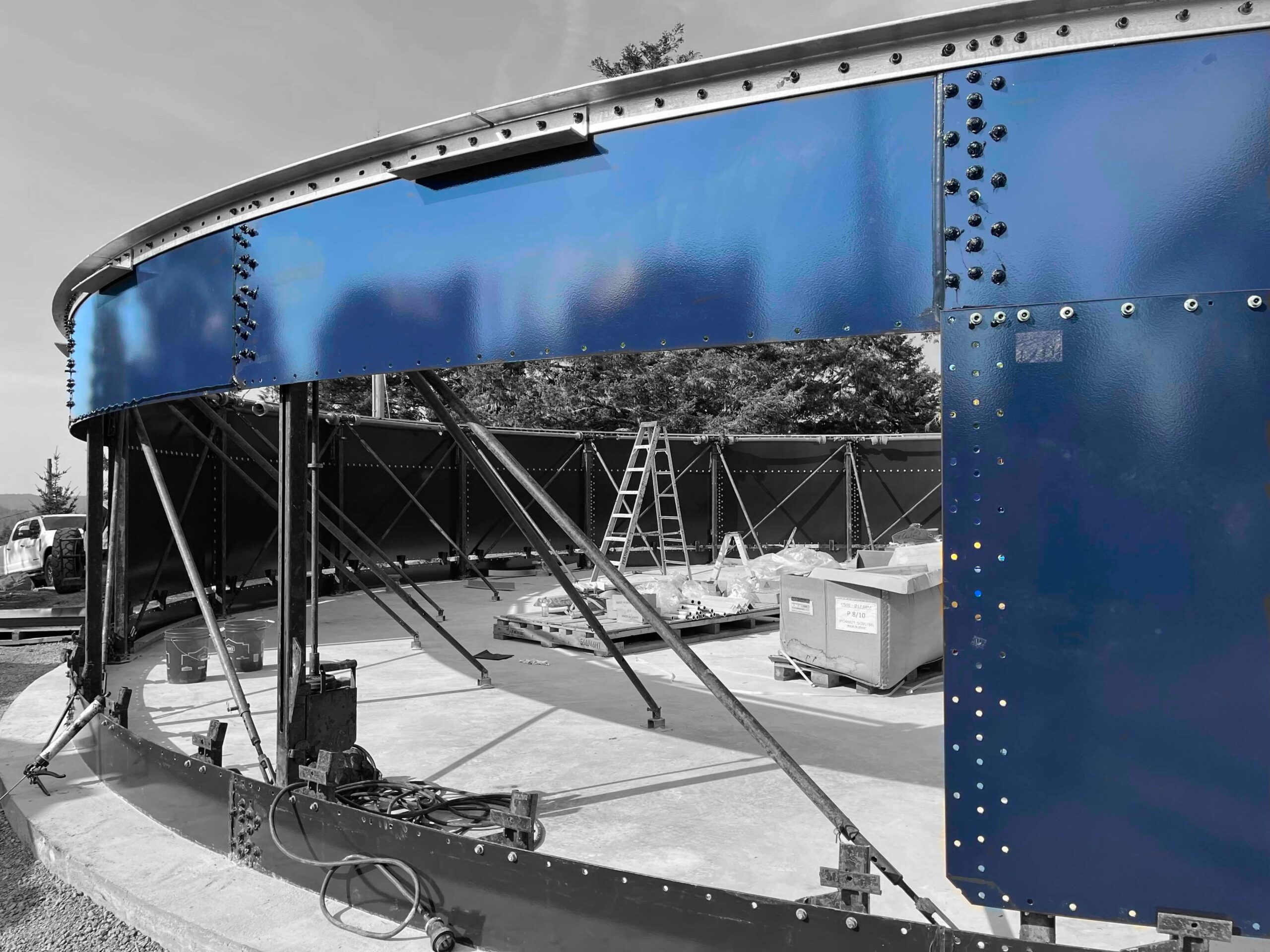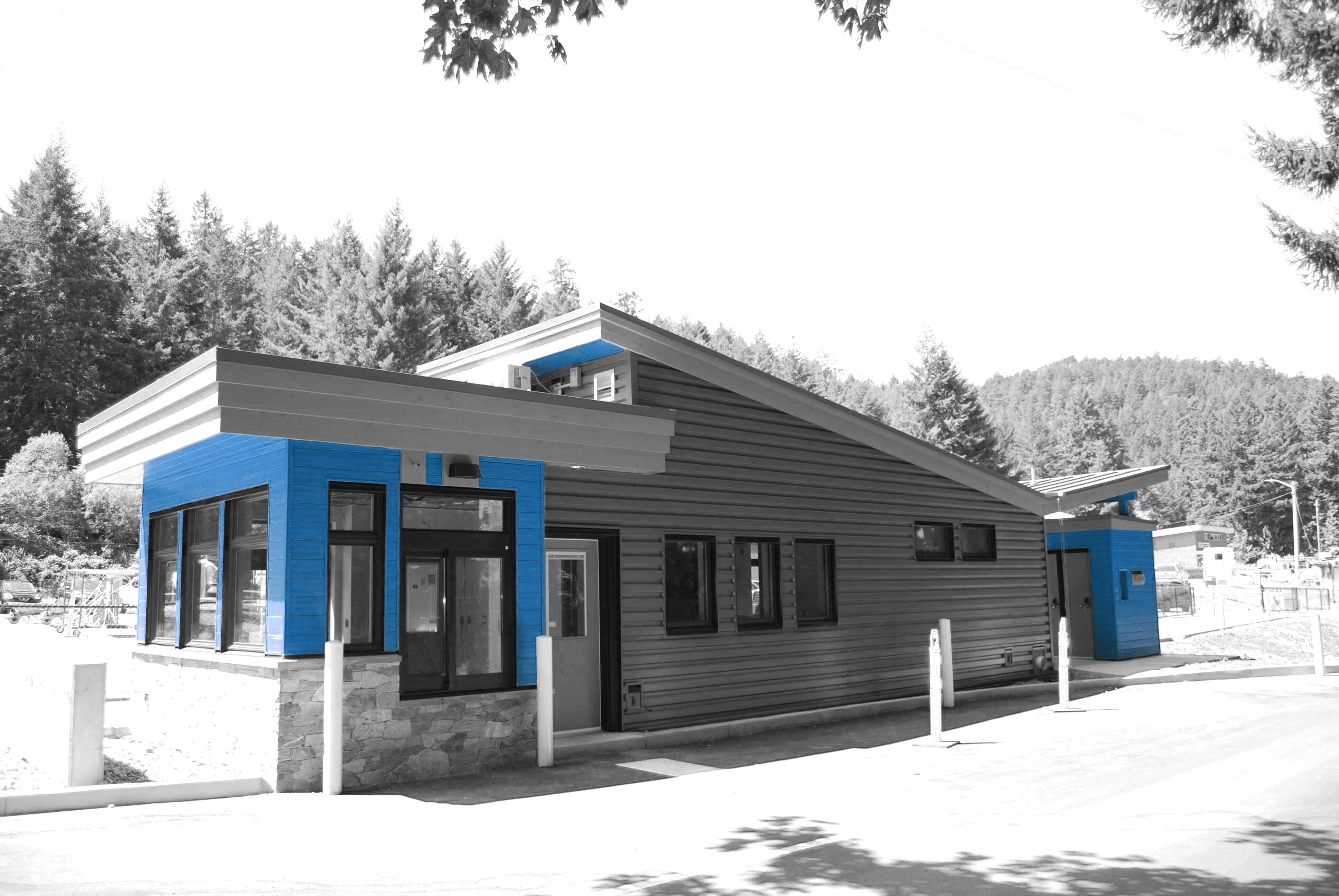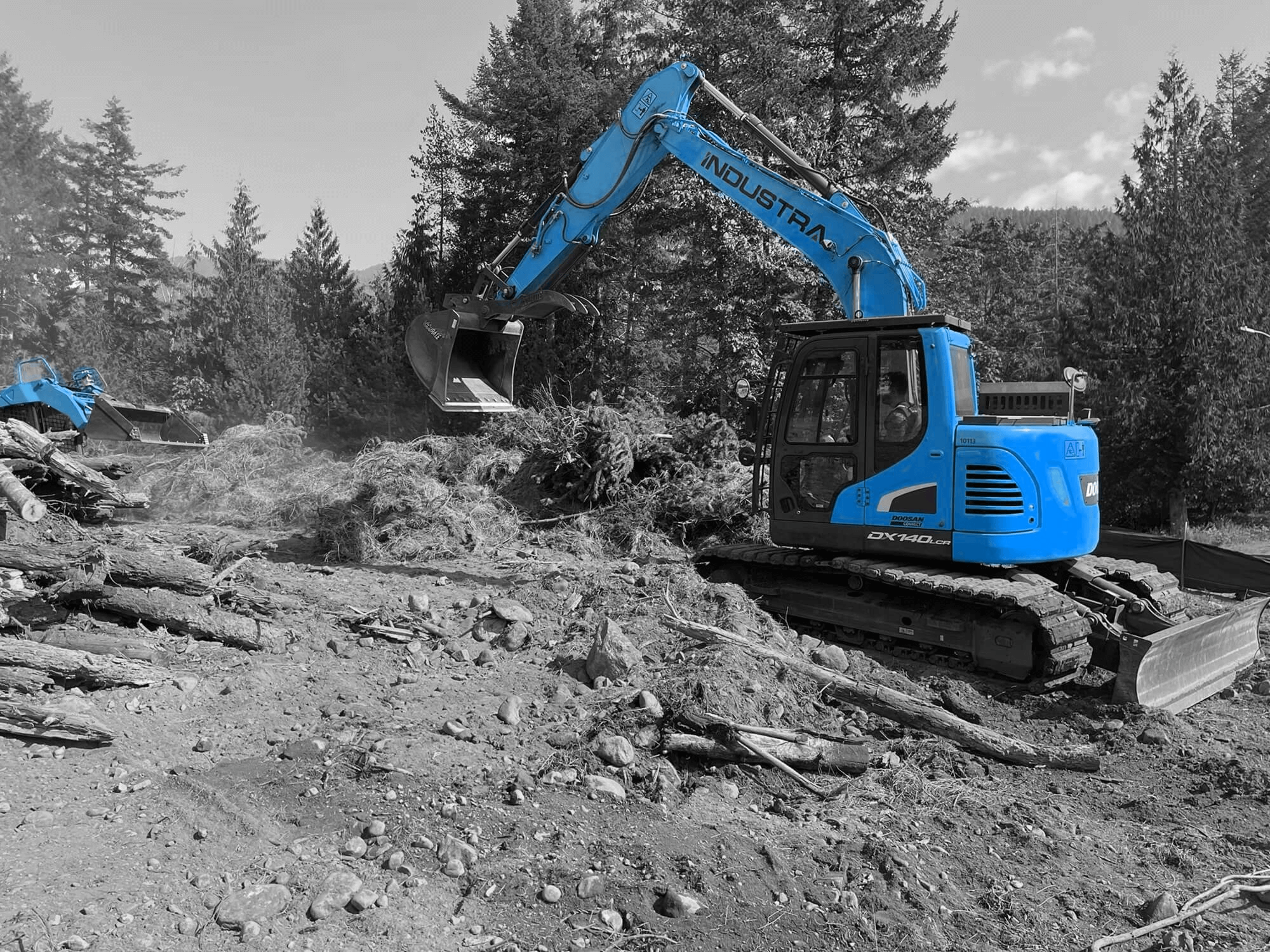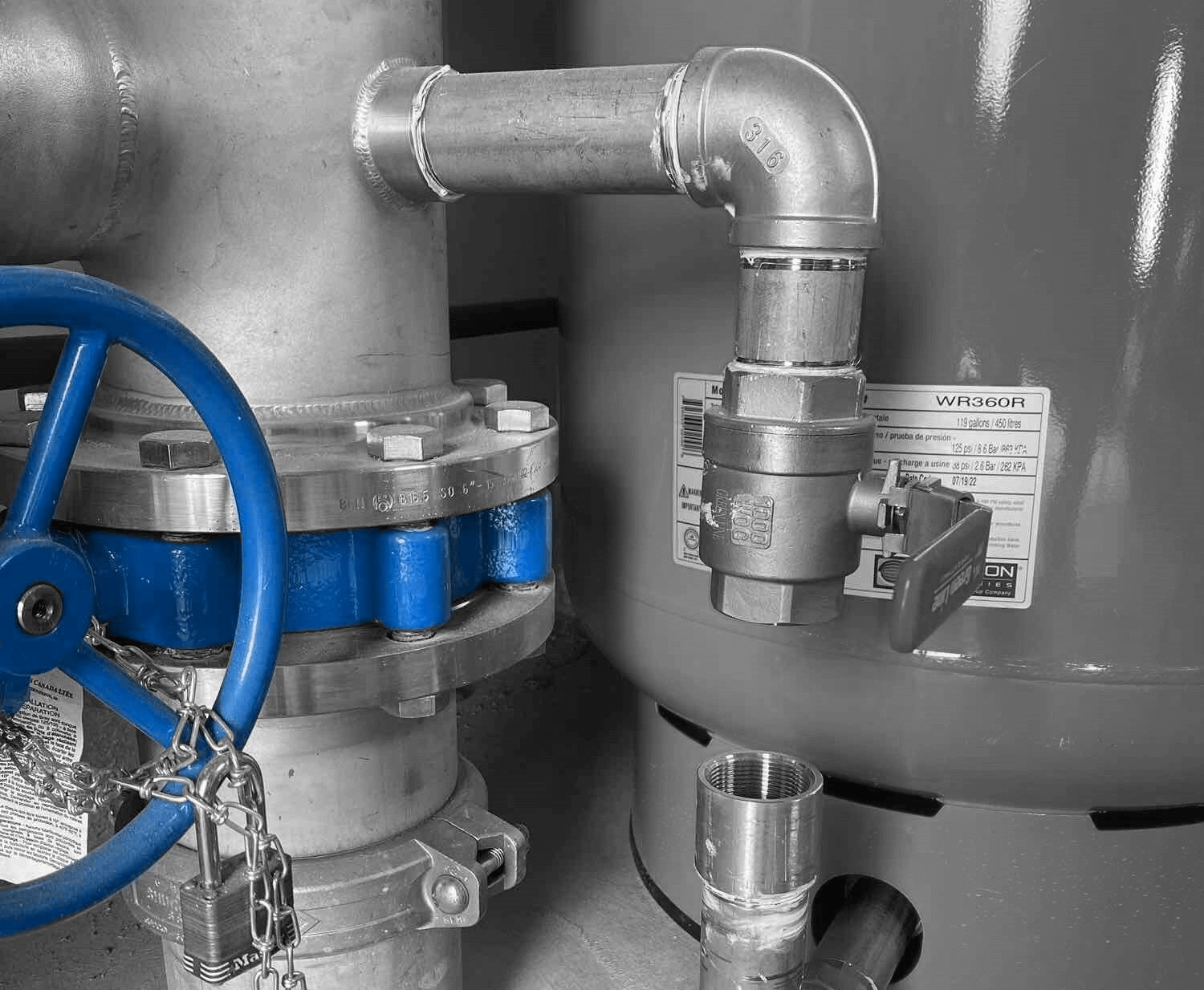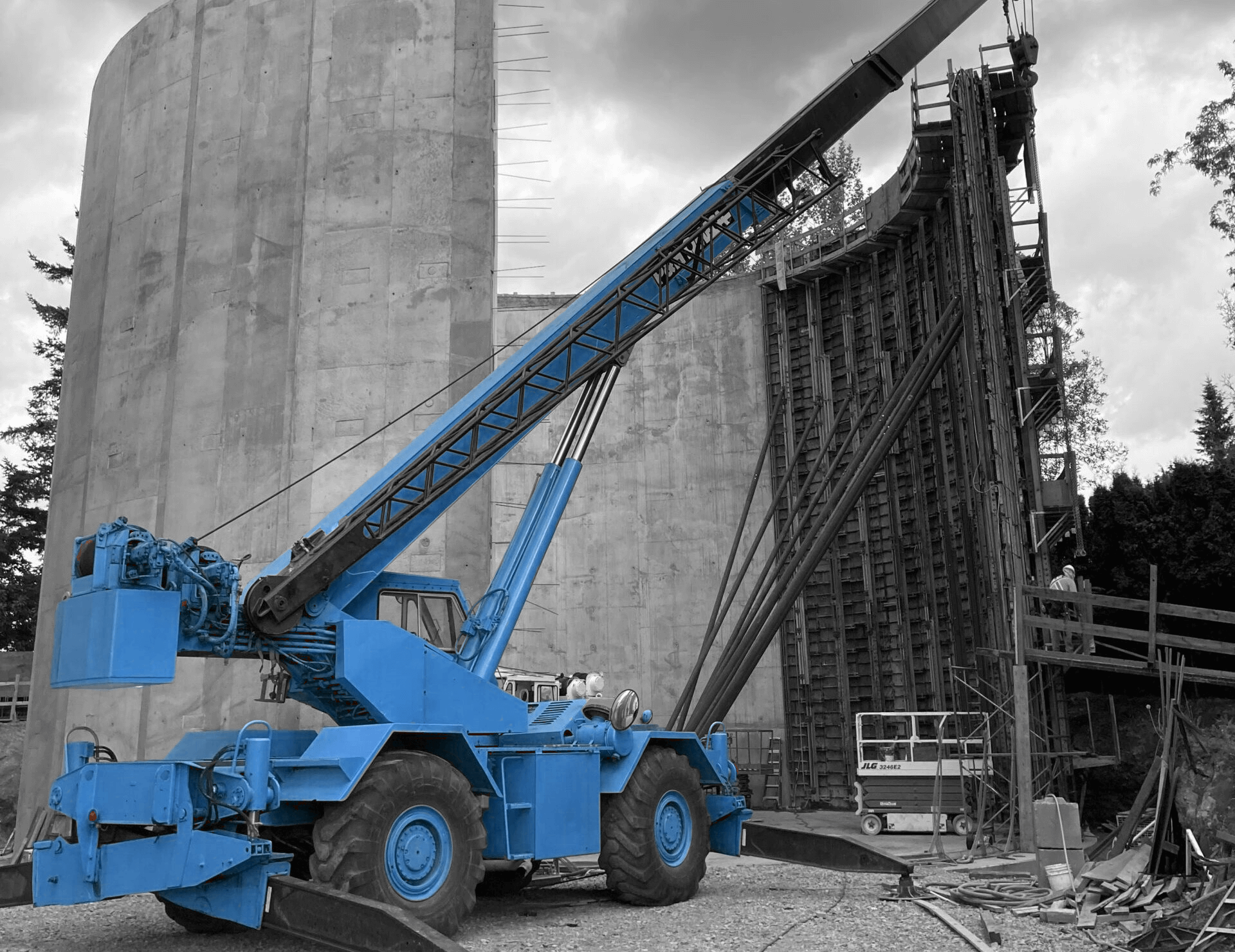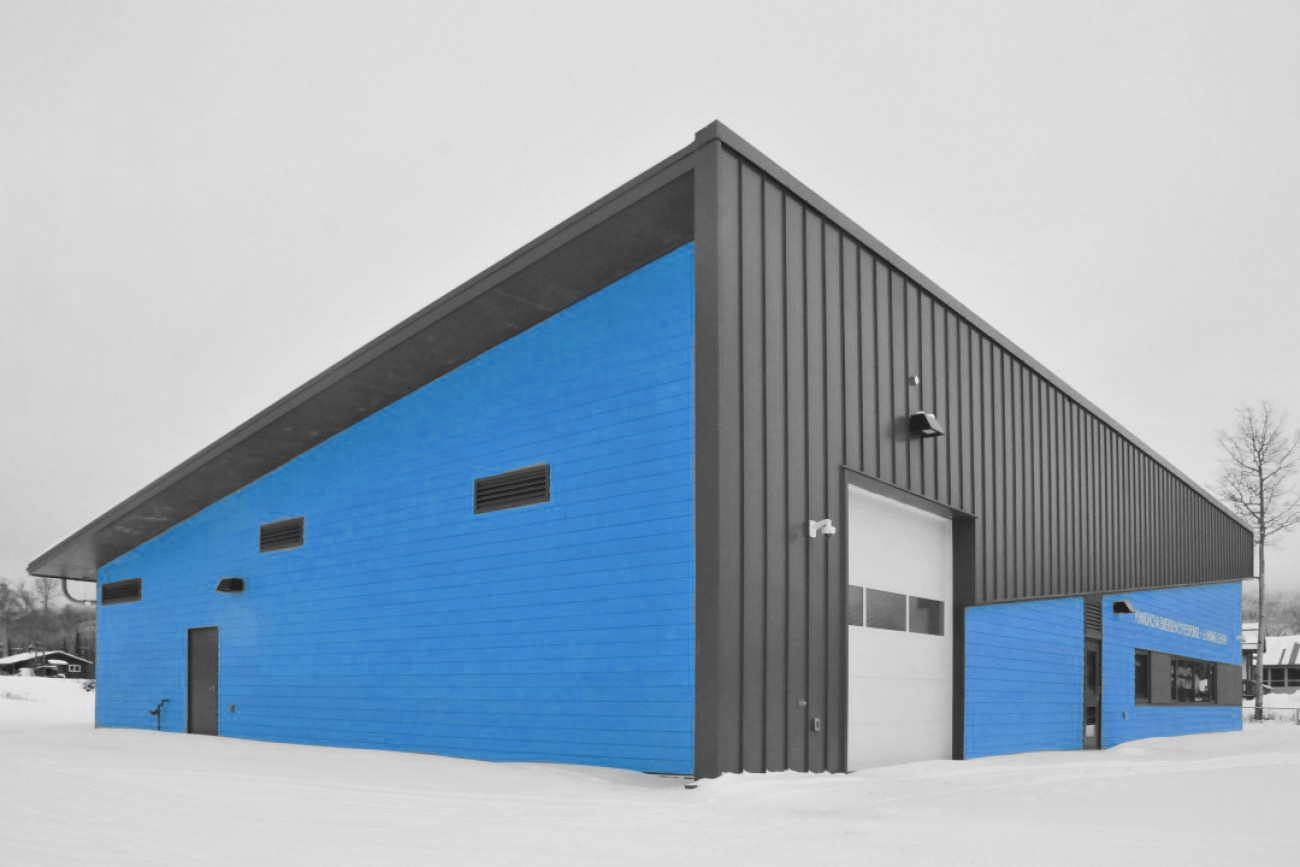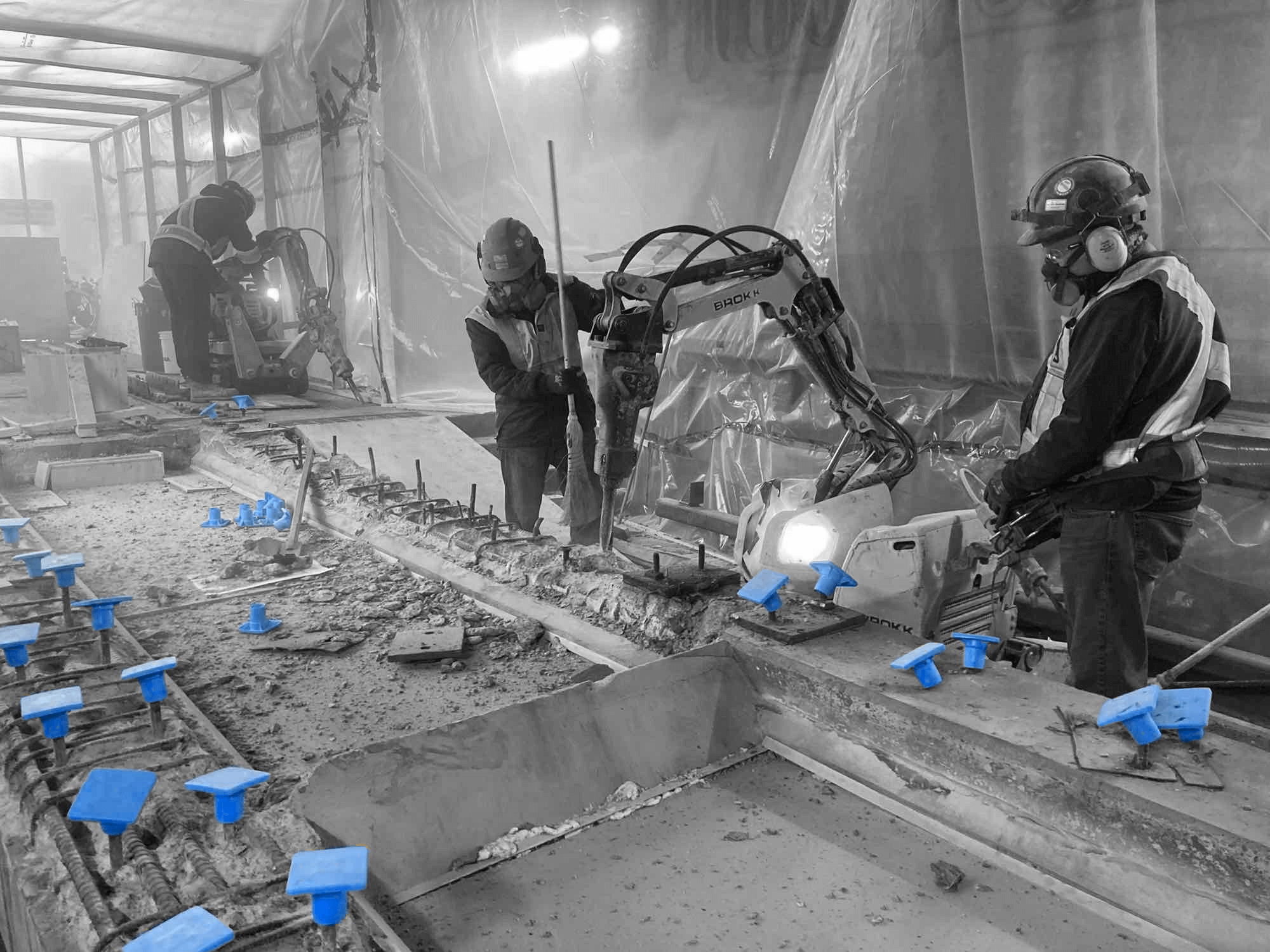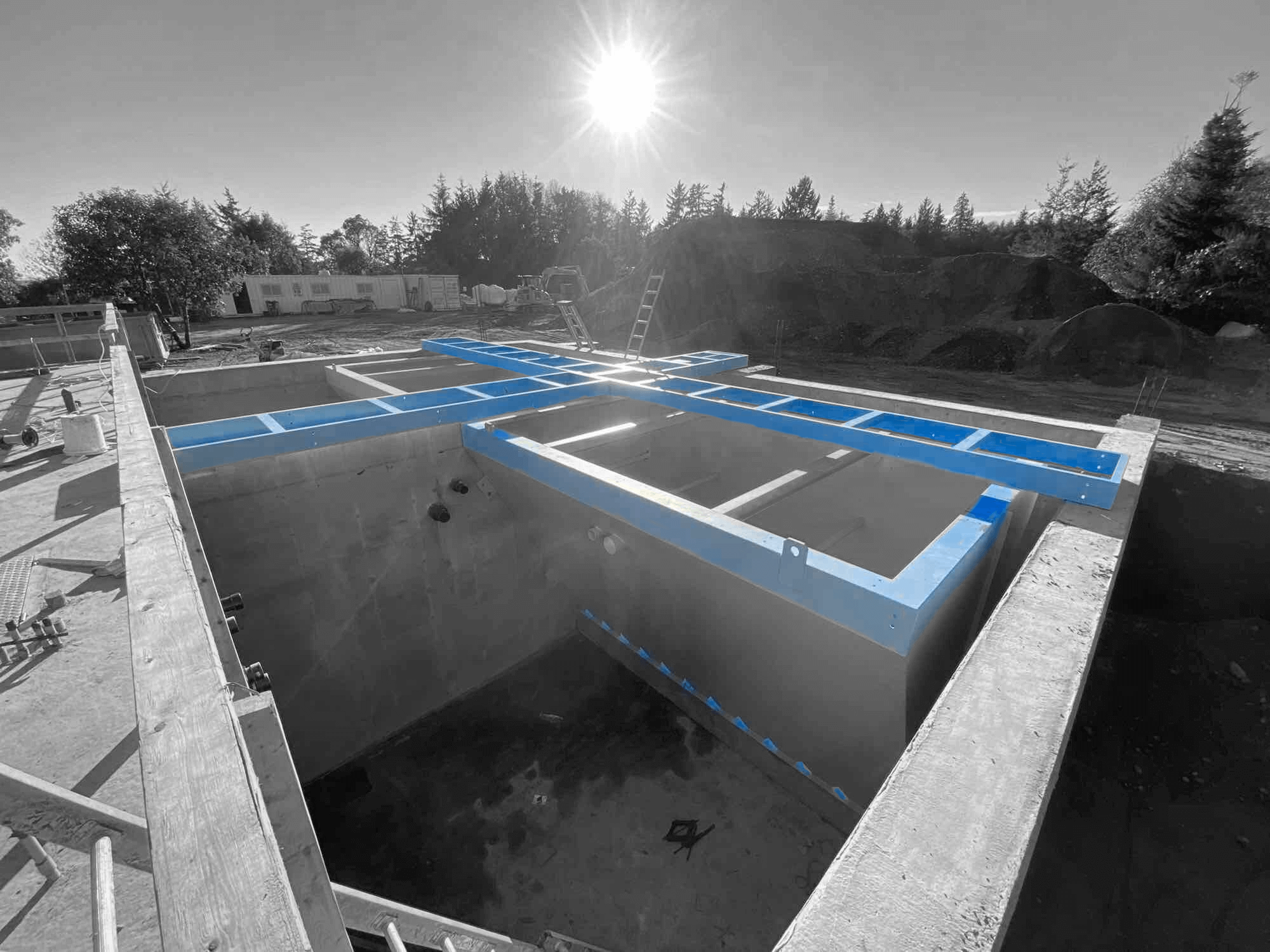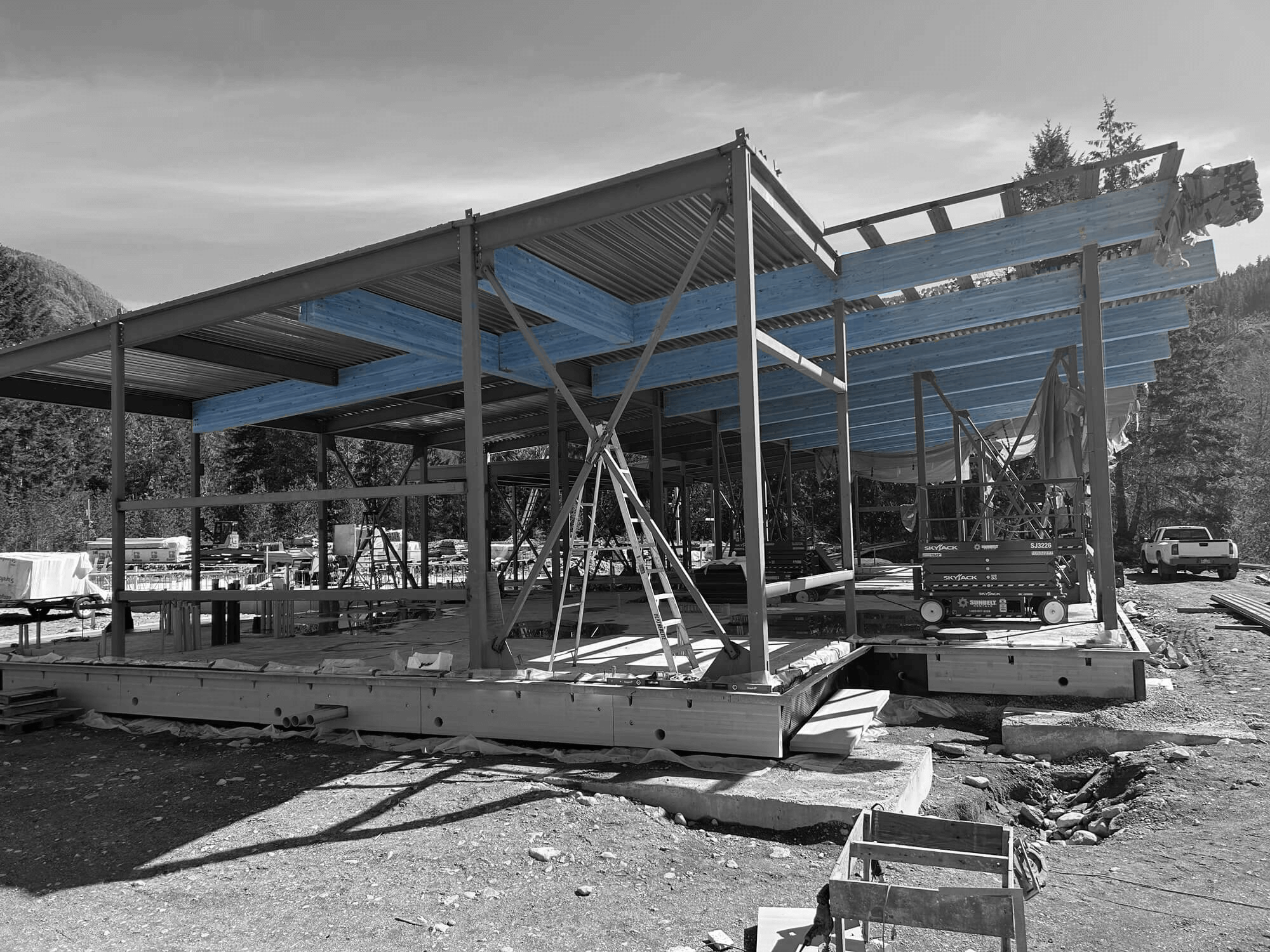EPC design-build is changing the way construction projects are handled. Instead of passing a project from one set of hands to the next, EPC—which stands for Engineering, Procurement, and Construction—brings everything under one roof. This approach not only saves time, but it also makes sure everyone is on the same page from the start. Imagine you’re getting a new house. Wouldn’t it be easier if the people designing it, buying the materials, and building it were all part of the same team? That’s what EPC design-build does, and it’s making waves in places like Surrey, Mississauga, and Ontario.
But what’s making these projects more successful in today’s construction industry? The answer lies in advanced techniques. These aren’t just fancy tools or high-tech gadgets. They’re smart ways of working that help things move smoothly and efficiently. By focusing on cutting-edge methods and ensuring every detail is covered, EPC projects not only meet deadlines but also exceed expectations. Let’s take a closer look at the role technology plays in this innovative approach.
The Role of Technology in EPC Design-Build
Technology is at the heart of modern EPC design-build. With digital tools, project management becomes a whole lot easier. For starters, software like Building Information Modeling (BIM) has changed how we approach construction. With BIM, everyone involved—from engineers to contractors—can see a digital model of the project. It’s not just a picture; it’s a detailed map that shows every nut and bolt before the first piece is built. This means fewer mistakes and a smoother construction process.
Beyond BIM, there’s a variety of software options that help manage timelines and budgets. Project managers can track all tasks, see who’s doing what, and jump in if things go off-track. It’s like having a well-organized playbook for a football game. Everyone knows their role, and the coach can make real-time decisions to steer the team to victory.
Technology also helps in sustainable construction. By using data to predict energy needs and efficiency, builders can create eco-friendly structures without much guesswork. Take, for example, a recent project in Ontario where smart technology was used to optimize energy use in an industrial building. Not only did this save costs, but it also reduced the environmental impact.
With these tech-savvy tools, EPC design-build projects are setting new standards in the construction industry. The focus remains on delivering quality outcomes through streamlined processes, clever use of resources, and continuous communication among team members. As we explore further, the integration of innovative construction techniques will showcase even more benefits and insights in this field.
Innovative Construction Techniques
In the world of EPC design-build, embracing innovative construction techniques can significantly boost project success. Prefabrication and modular construction are leading this charge. By assembling parts of a building off-site in a controlled environment, project timelines can be shortened and quality improved. Think of it like building with LEGO blocks. Each piece is created with precision and then assembled on the actual site, ensuring everything fits perfectly. This approach is particularly useful in rapidly developing areas like Ontario and provides the advantage of reduced on-site waste and cost savings.
Another key focus is on the use of sustainable materials. By choosing eco-friendly options, construction not only lessens its impact on the environment but often results in long-term savings. Bamboo, recycled steel, and low-VOC paints are just some examples of materials gaining popularity. Green building practices, like incorporating energy-efficient systems, further enhance a building’s sustainability footprint. These techniques are essential for creating structures that stand the test of time while respecting environmental limits.
To illustrate these techniques, projects in Surrey have employed innovative solutions effectively. One noteworthy project included the construction of an institutional building using modular units, resulting in a faster build time while maintaining high architectural standards. This real-life example highlights how new methods can bring practical benefits to large-scale constructions.
Collaboration and Communication Strategies
Effective collaboration and communication keep EPC projects on track and within budget. Let’s delve into some strategies that enhance teamwork among all parties involved. Regular, clear communication among stakeholders is non-negotiable. This means having structured meetings and using modern communication tools to keep everyone informed. Apps and platforms that allow for real-time updates can make a huge difference in ensuring that everyone is on the same page.
Achieving seamless collaboration can also rely on adopting the right tools. Platforms that manage workflows and document sharing make information easily accessible, minimizing misunderstandings and delays. This is akin to ensuring that everyone has access to the same playbook in a game. Transparency plays a big role here, as it builds trust and fosters a teamwork atmosphere.
Apart from tools, the practice of providing regular updates is invaluable. Stakeholders appreciate being kept in the loop with transparent insights into project progress and potential hurdles. Adaptability in communication, with frequent check-ins, ensures issues are addressed promptly, paving the way for smooth project execution.
Project Management Best Practices
Managing EPC projects requires solid project management principles. A disciplined approach not only optimizes resources but enhances the overall output. Key principles include setting clear objectives, maintaining open communication lines, and adhering to set timelines. Establishing a detailed project plan at the start provides the framework within which the project can unfold successfully.
Time management and scheduling are crucial in any EPC project. Prioritizing tasks and keeping a close eye on milestones helps maintain the flow and momentum. Using digital scheduling tools can reduce the risk of overlooked details and ensure timely task completion. Consider these tools as a digital planner that keeps everyone on schedule.
Handling risks forms another significant component of project management. Identifying potential challenges early allows for contingency plans to be in place, reducing the impact of unforeseen circumstances. By being prepared, project managers can pivot quickly when issues arise, ensuring that projects remain on course.
Success Through Advanced Techniques
Advanced techniques in EPC design-build offer solutions that improve project delivery from concept to completion. By combining innovative construction methods, effective collaboration and communication, and established management strategies, projects can reach new heights of efficiency and quality.
Whether it’s the latest technology or sustainable materials, the role of these advancements cannot be understated. Construction projects in regions like Mississauga and throughout Canada continue to flourish, thanks to the integration of these techniques. With ongoing dedication to refining processes, the future of construction looks bright and promising.
For those looking for a seamless construction process, consider partnering with experienced EPC contractors to ensure your project stays on track and meets the highest standards. At Industra Construction Corp., we implement innovative techniques and effective communication strategies to support your vision from start to finish. Our commitment to excellence helps you navigate every step efficiently and confidently.


